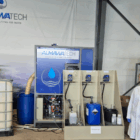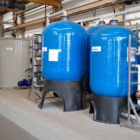Microbial degradation is a central process in water and wastewater treatment, in which organic substances are broken down into simpler compounds by microorganisms. These biochemical processes are essential for the removal of organic impurities, nutrients such as nitrogen and phosphorus as well as harmful substances from wastewater. Microbial degradation takes place under various conditions that are significantly influenced by the availability of oxygen and other electron acceptors.
The three main forms of microbial degradation - aerobic, anaerobic and anoxic - play a crucial role in biological treatment systems such as activated sludge processes, anaerobic reactors (biogas plants) and biofiltration. This article provides a detailed explanation of the processes, the technical background and their applications in practice.
Table of contents
Basics of microbial degradation
Microbial degradation is based on the metabolic activities of microorganisms such as bacteria, fungi and archaea. These microorganisms use organic or inorganic substances as an energy source and break them down under certain environmental conditions.
Main steps of the dismantling process:
- Hydrolysis: Large organic molecules (e.g. proteins, carbohydrates) are broken down into smaller units by enzymes.
- Fermentation: The decomposition products are further converted into simple organic acids, alcohols or gases such as hydrogen and carbon dioxide.
- Final degradation: The products are completely mineralized (e.g. to CO₂, H₂O, NH₃, CH₄) or incorporated into biomass.
Aerobic microbial degradation
Definition and mechanism
In aerobic degradation, microorganisms use oxygen as an electron acceptor to oxidize organic substances. This process is particularly efficient and leads to extensive mineralization of the organic substances.
Biochemical basics:
- Electron acceptor: molecular oxygen (O₂).
- Main end products: Carbon dioxide (CO₂), water (H₂O) and biomass.
Applications in water and wastewater technology
- Activated sludge process:
Microorganisms in an aerobic environment oxidize dissolved organic substances (COD, BOD). The biomass is retained as activated sludge and regularly removed in excess. - SBR systems:
In sequencing batch reactors, aerobic degradation takes place in controlled time phases. - Trickling filters and submerged disk filters:
Biofilms on solid media promote the aerobic degradation of organic compounds.
Advantages
- Fast degradation rates.
- High efficiency in the removal of carbon compounds.
- Produces stable end products (CO₂, H₂O).
Challenges
- High energy consumption for ventilation.
- Formation of excess sludge that must be disposed of.
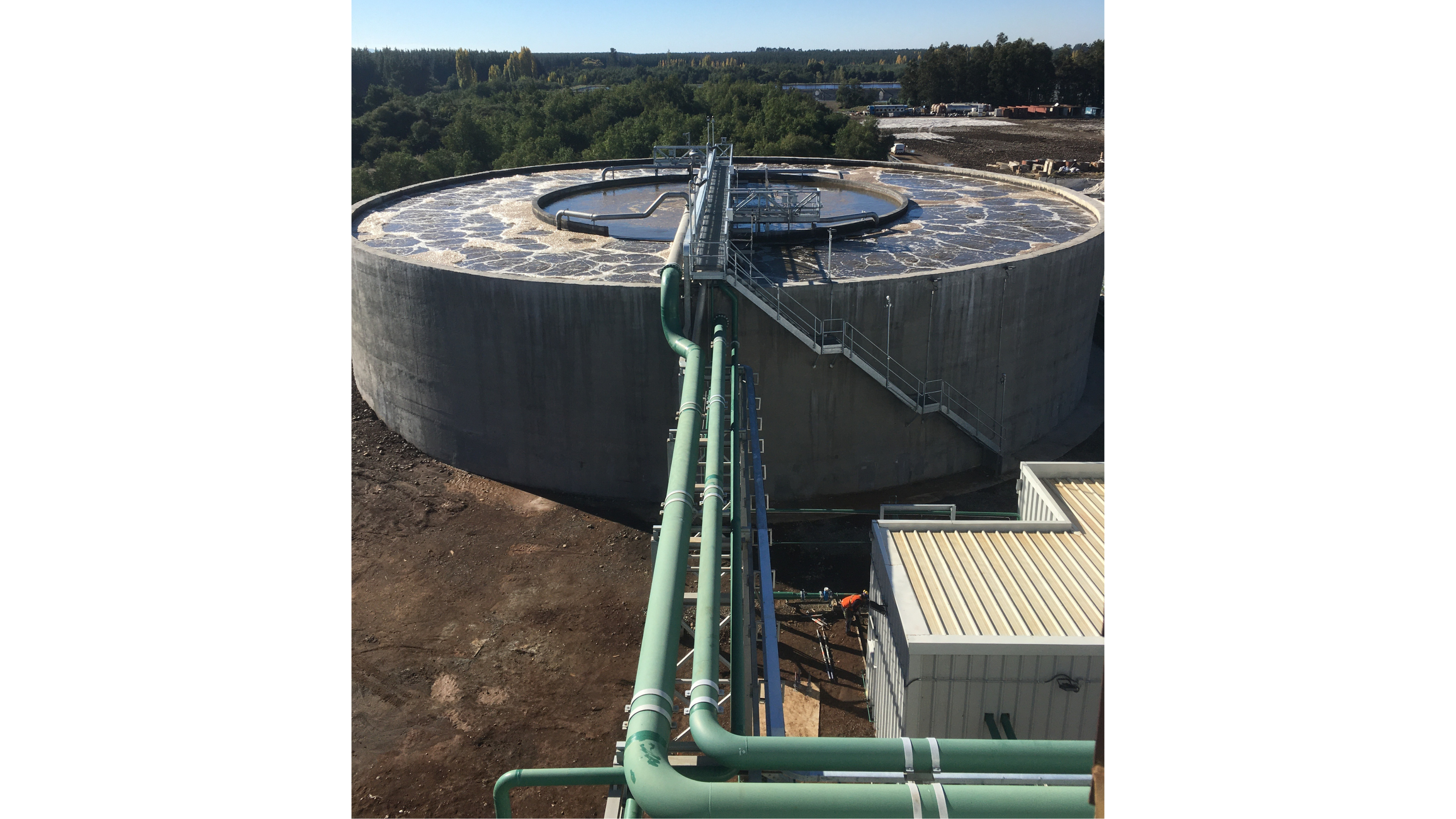
Photo: Aeration tank with denitrification and nitrification for wastewater from the food industry (process: ALMA BHU BIO)
Anaerobic microbial degradation
Definition and mechanism
Anaerobic decomposition takes place in the absence of oxygen. Microorganisms use alternative electron acceptors such as nitrate, sulphate or carbon dioxide. This process is slower than aerobic degradation, but can be carried out in an energy-efficient manner.
Biochemical basics
- Electron acceptors: carbon dioxide (CO₂), sulphate (SO₄²-) or organic compounds.
- Main end products: Methane (CH₄), carbon dioxide (CO₂), hydrogen (H₂), hydrogen sulphide (H₂S).
Applications in water and wastewater technology
- Anaerobic digestion:
Organic substances are broken down into methane and CO₂ in digestion towers. The biogas produced can be used to generate energy. - UASB reactors (Upflow Anaerobic Sludge Blanket):
These reactors use granulated biomass to treat industrial wastewater with high organic loads. - EGSB reactors (Expanded Granular Sludge Bed):
Modern EGSB reactors use anaerobic degradation in combination with an expanded hydraulic flow to treat organic substances highly efficiently. By using granular biomass and optimized flow conditions, they achieve a high reaction rate and effective separation of biomass without additional filtration systems such as membranes. This technology offers particular advantages in the treatment of highly contaminated wastewater, as it combines a compact design with high process stability.
Advantages
- Production of biogas as an energy source.
- Low sludge production.
- Suitable for wastewater with high organic loads.
Challenges
- Longer dwell times required.
- Sensitive to disturbances (e.g. pH value, temperature).
- Formation of odorous gases (H₂S).
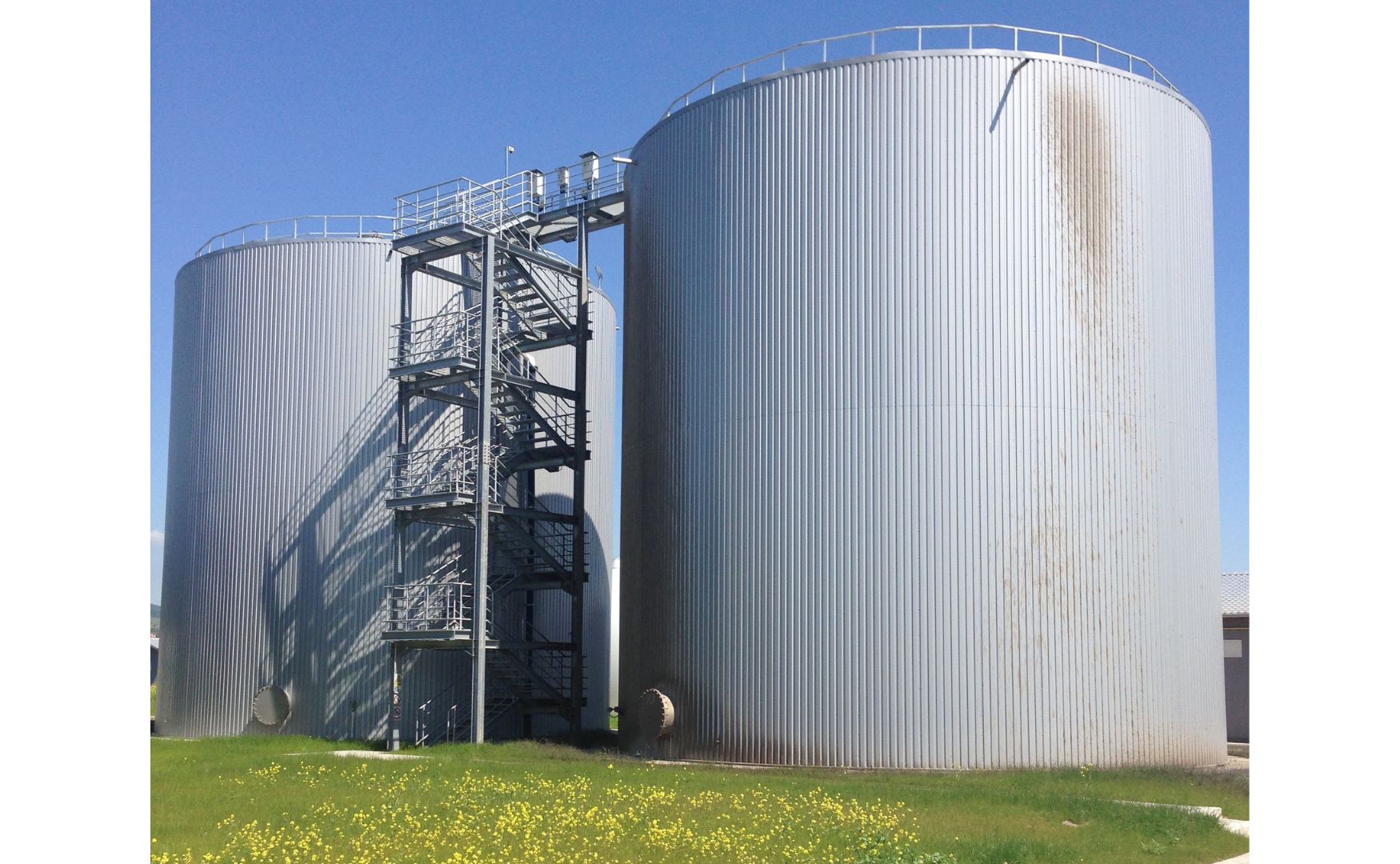
Photo: anaerobic treatment in the ALMA BHU GMR biogas reactor
Anoxic microbial degradation
Definition and mechanism
Anoxic degradation takes place in the absence of molecular oxygen, but in the presence of alternative electron acceptors such as nitrate (NO₃-). This process is crucial for the removal of nitrogen from wastewater.
Biochemical basics
- Electron acceptor: nitrate (NO₃-) or nitrite (NO₂-).
- Main end products: Nitrogen gas (N₂), carbon dioxide (CO₂), water (H₂O).
Applications in water and wastewater technology
- Denitrification:
In biological treatment stages, nitrate and nitrite are converted into gaseous nitrogen, which escapes. This reduces the nutrient load in water bodies and prevents eutrophication. - Hybrid reactors:
Systems that combine aerobic and anoxic zones to achieve complete nitrogen removal. - Activated sludge process with intermittent aeration:
Anoxic phases alternate with aerobic phases to combine carbon and nitrogen removal in one system.
Advantages
- Effective nitrogen removal.
- Reduction of nutrient pollution in surface waters.
Challenges
- Requires precise control of environmental conditions (e.g. oxygen content).
- Dependence on sufficient carbon sources for the denitrification process.
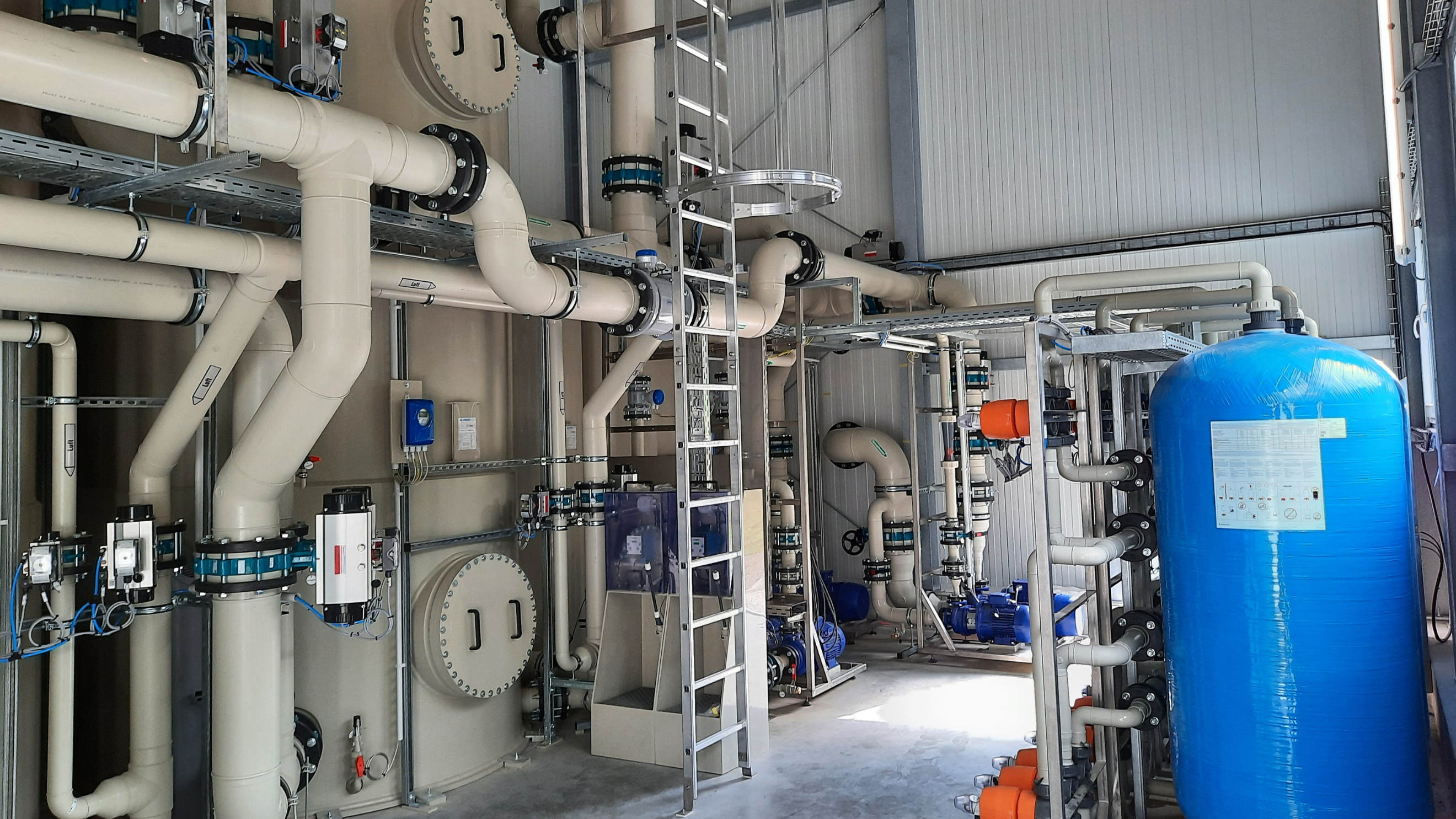
Photo: Our ALMA BioFil Compact biofiltration system with nitrification and denitrification for in-house water recycling
Comparison of the degradation processes

Conclusion
Microbial degradation is an indispensable part of industrial water and wastewater treatment. The choice between aerobic, anaerobic and anoxic processes depends on the specific requirements of the wastewater and the treatment objectives. While aerobic de gradation offers fast degradation rates and stable end products, anaerobic de gradation enables energy recovery from organic waste. Anoxic degradation plays a crucial role in nitrogen removal and contributes to the reduction of nutrient pollution in water bodies. Precise control and integration of these processes maximizes the efficiency and sustainability of modern water treatment systems.
For further information on our products, please feel free to contact us at any time!




